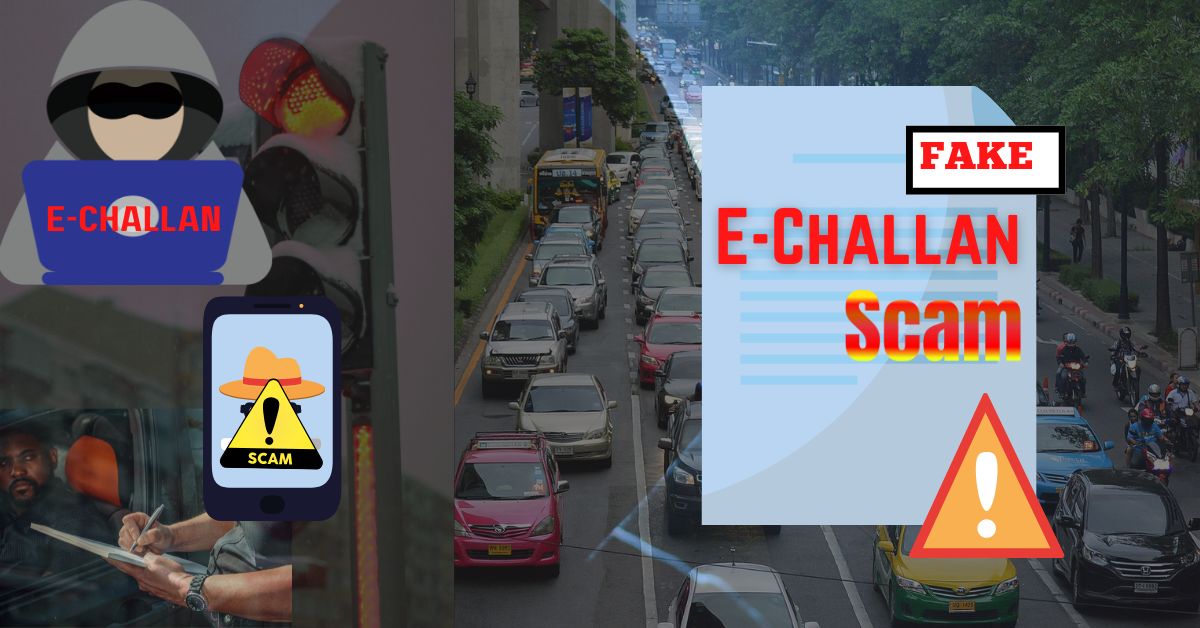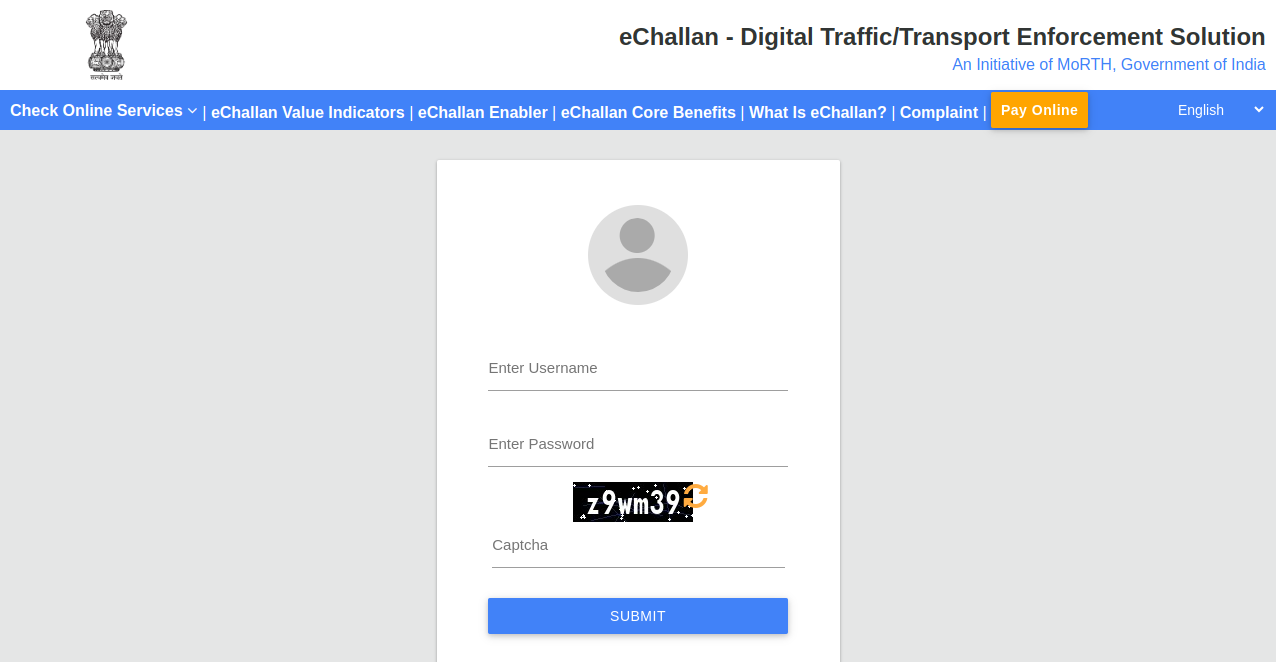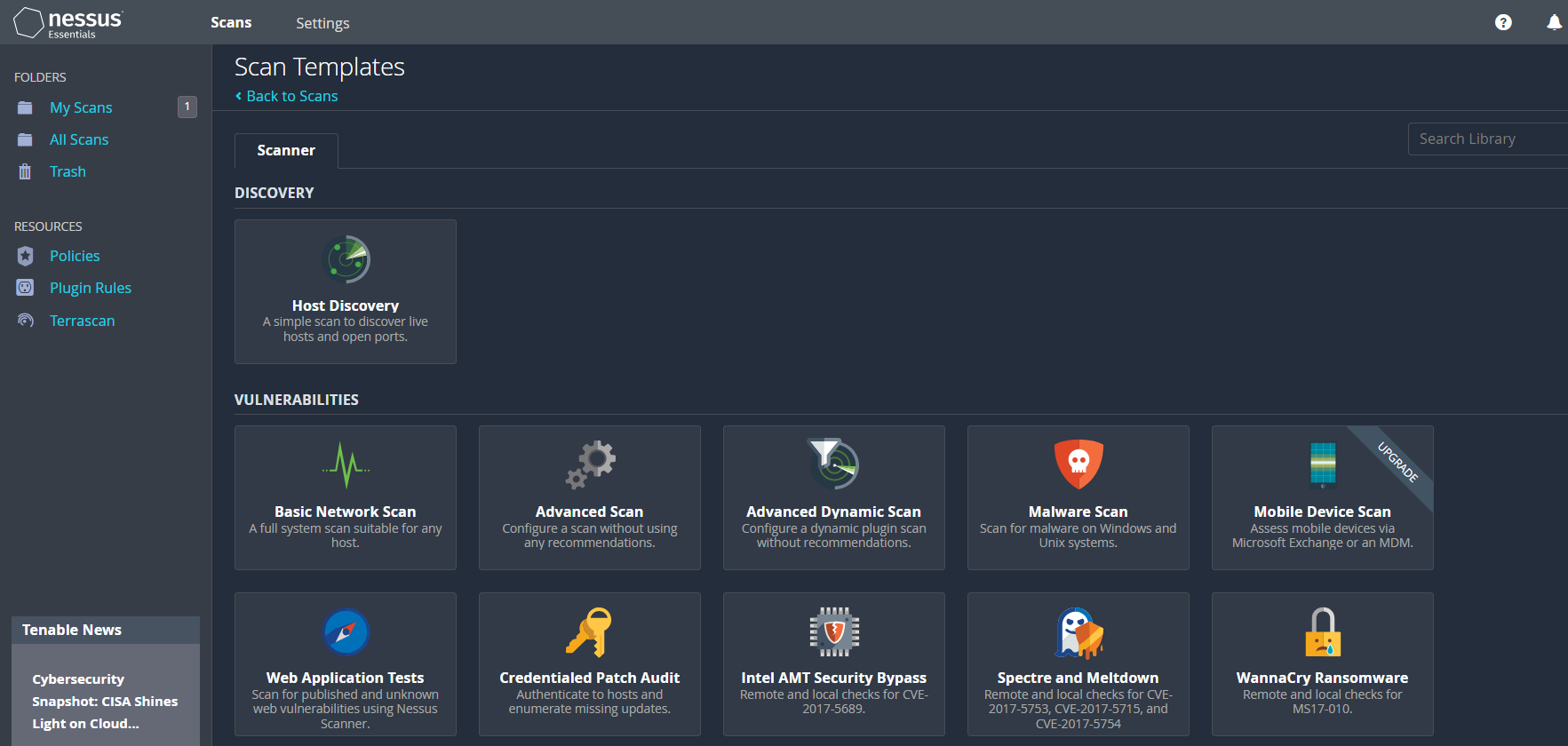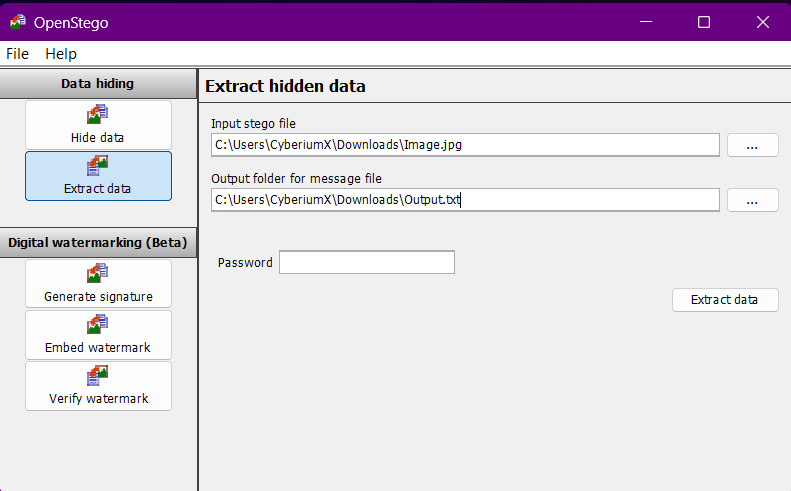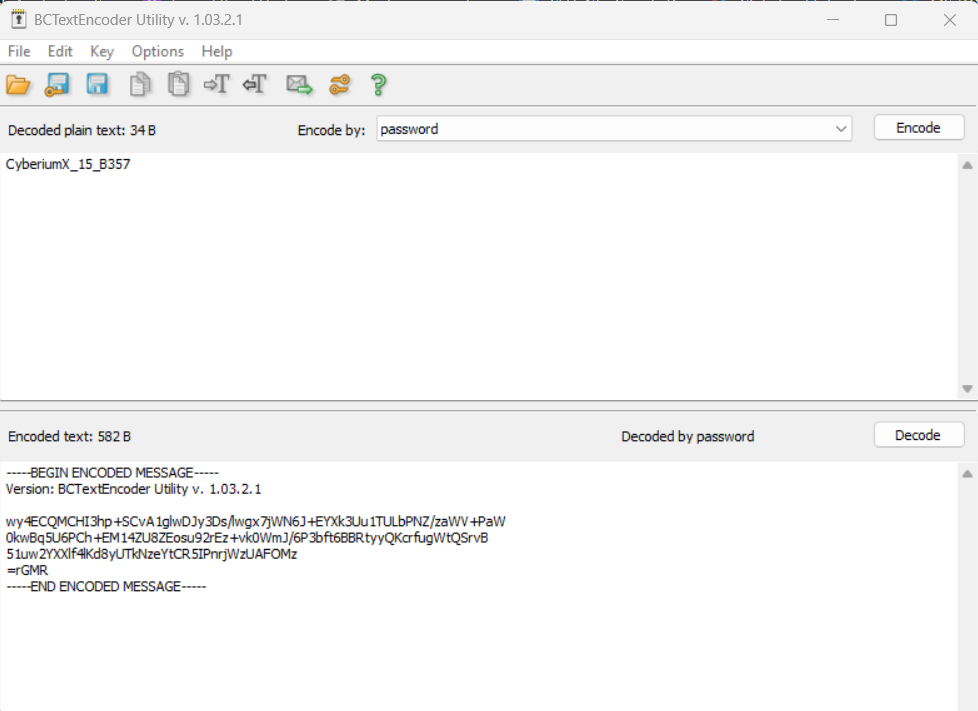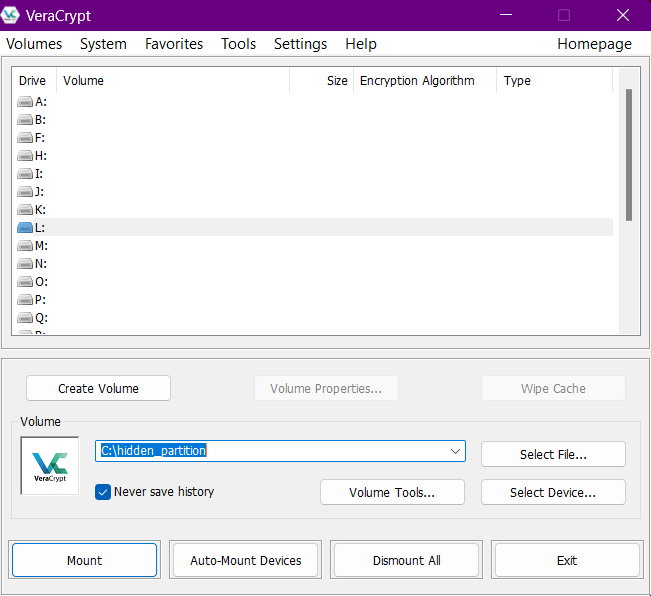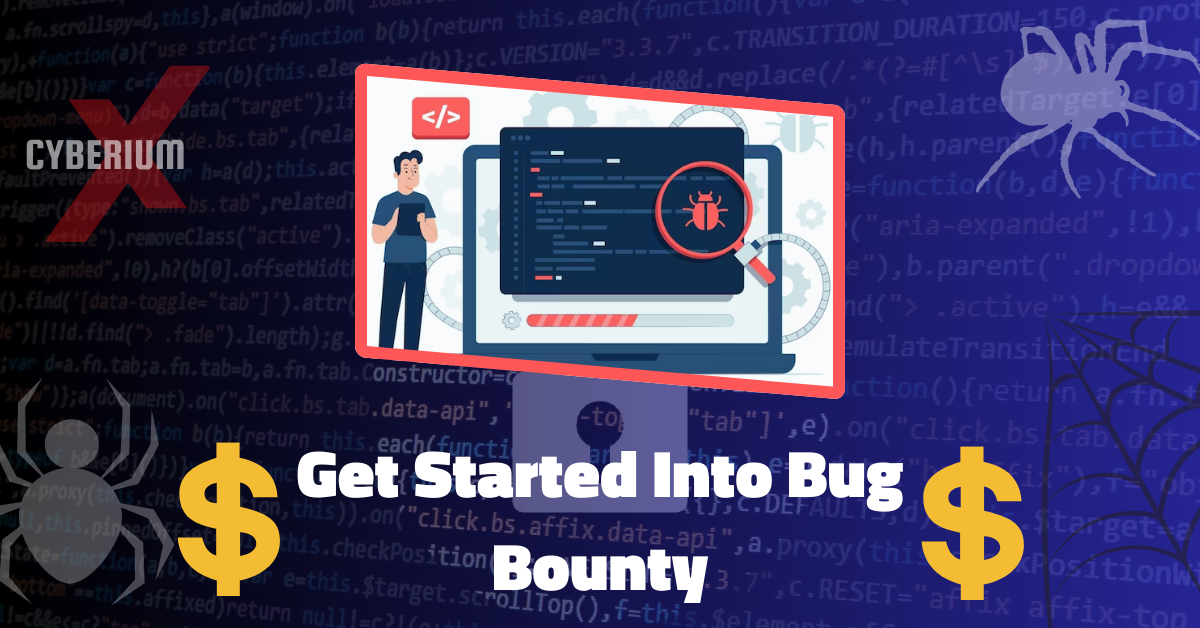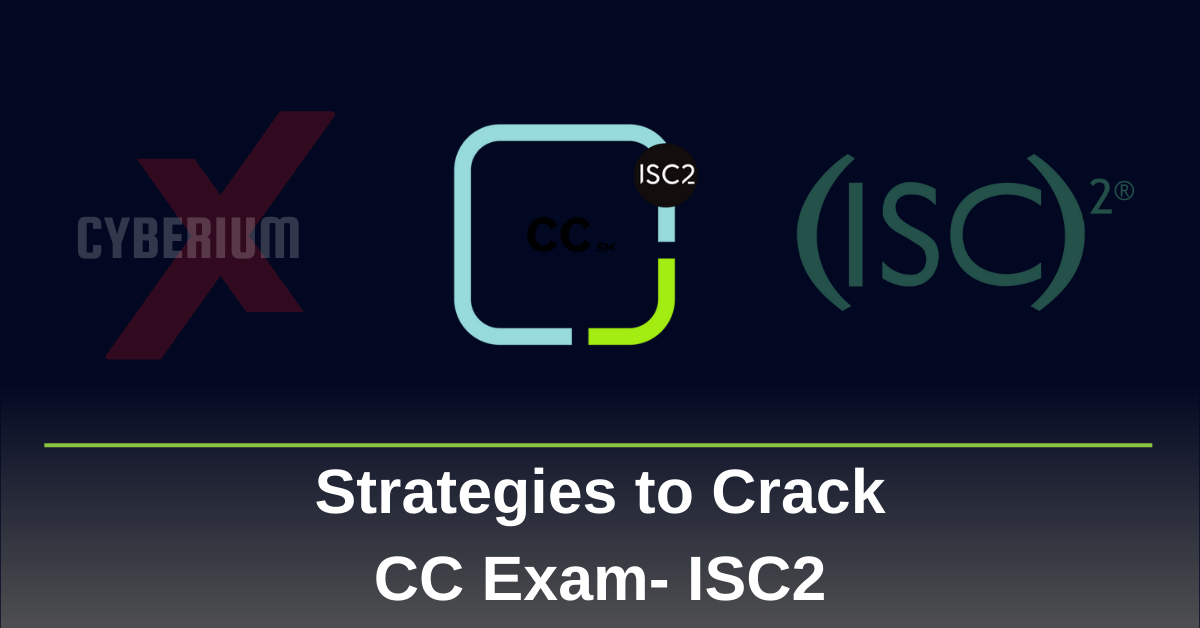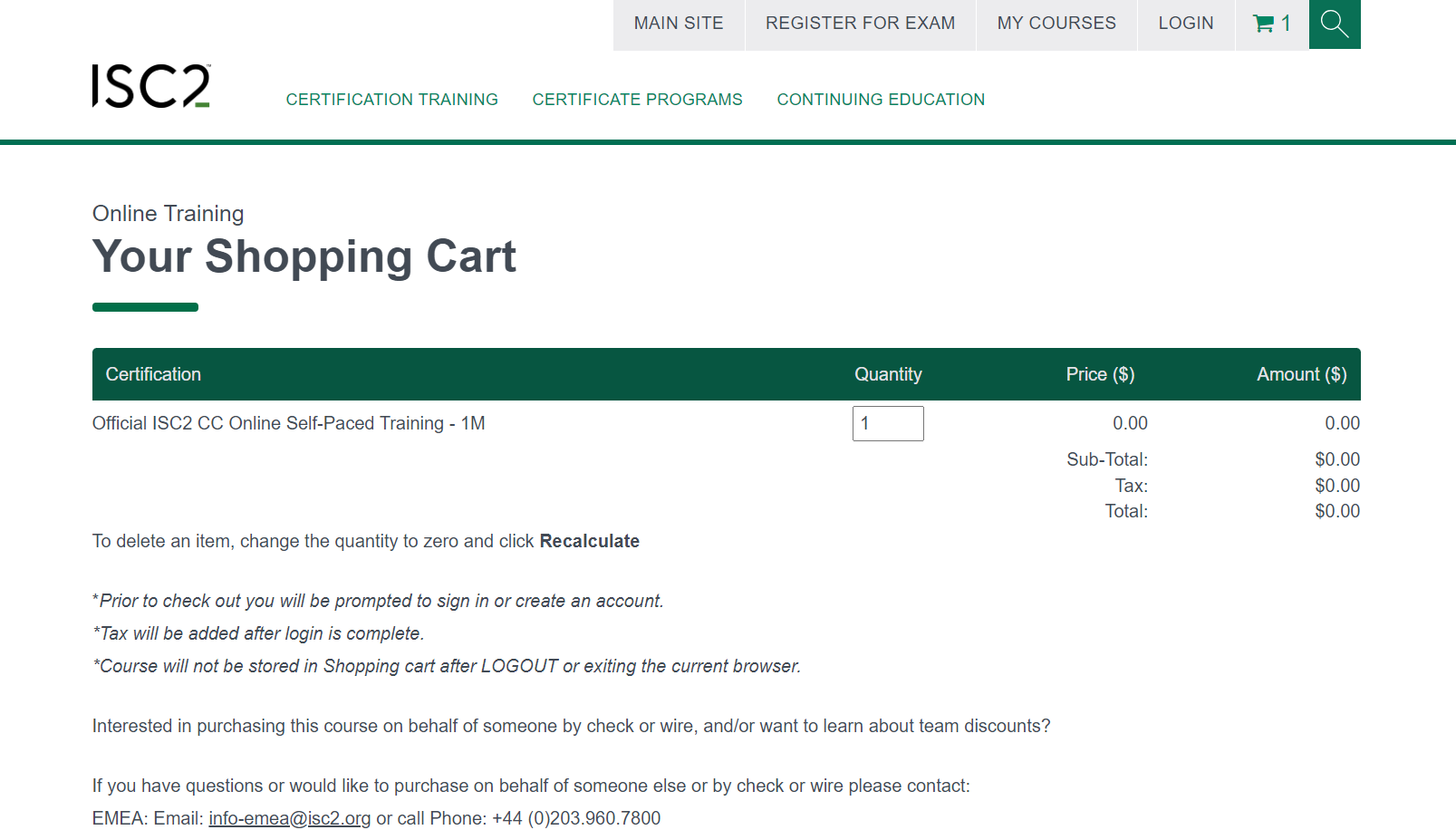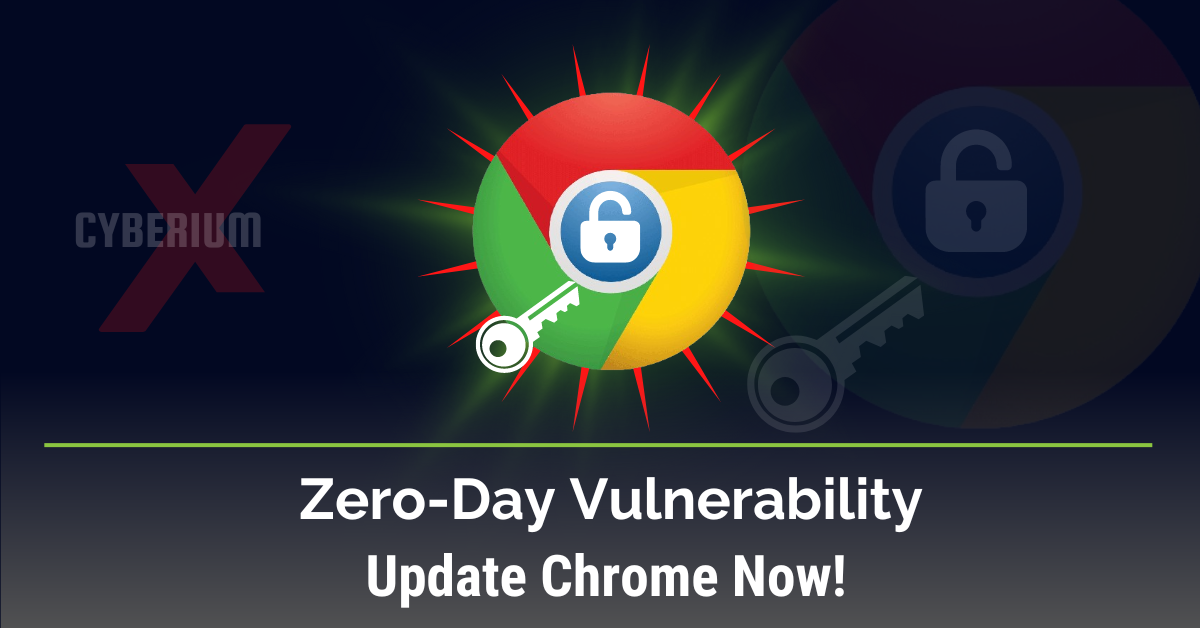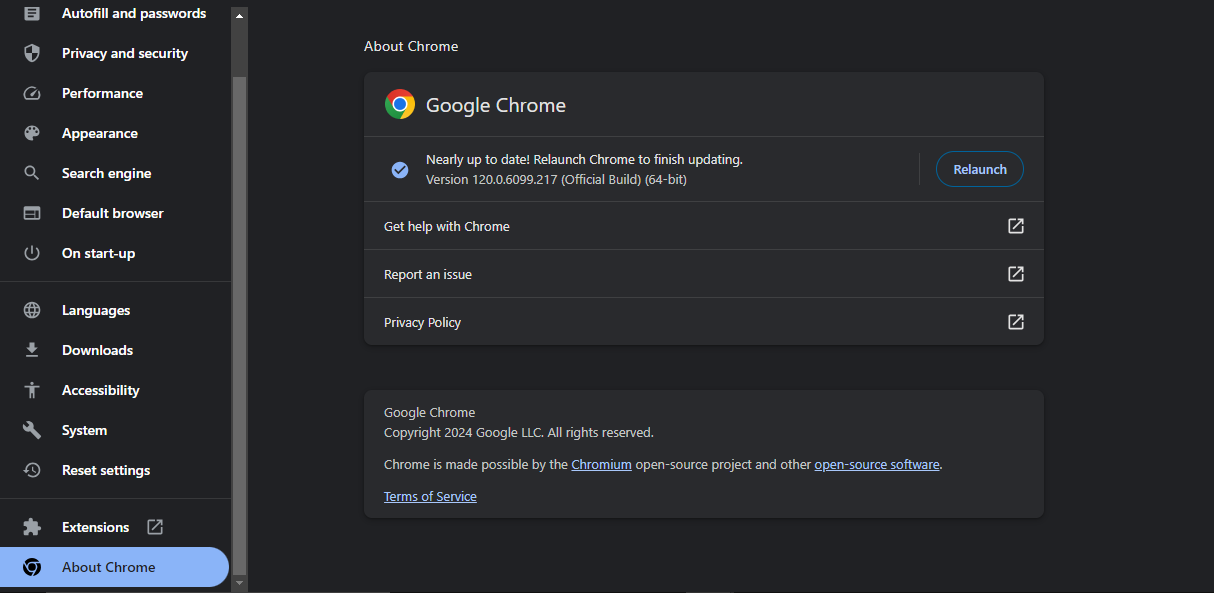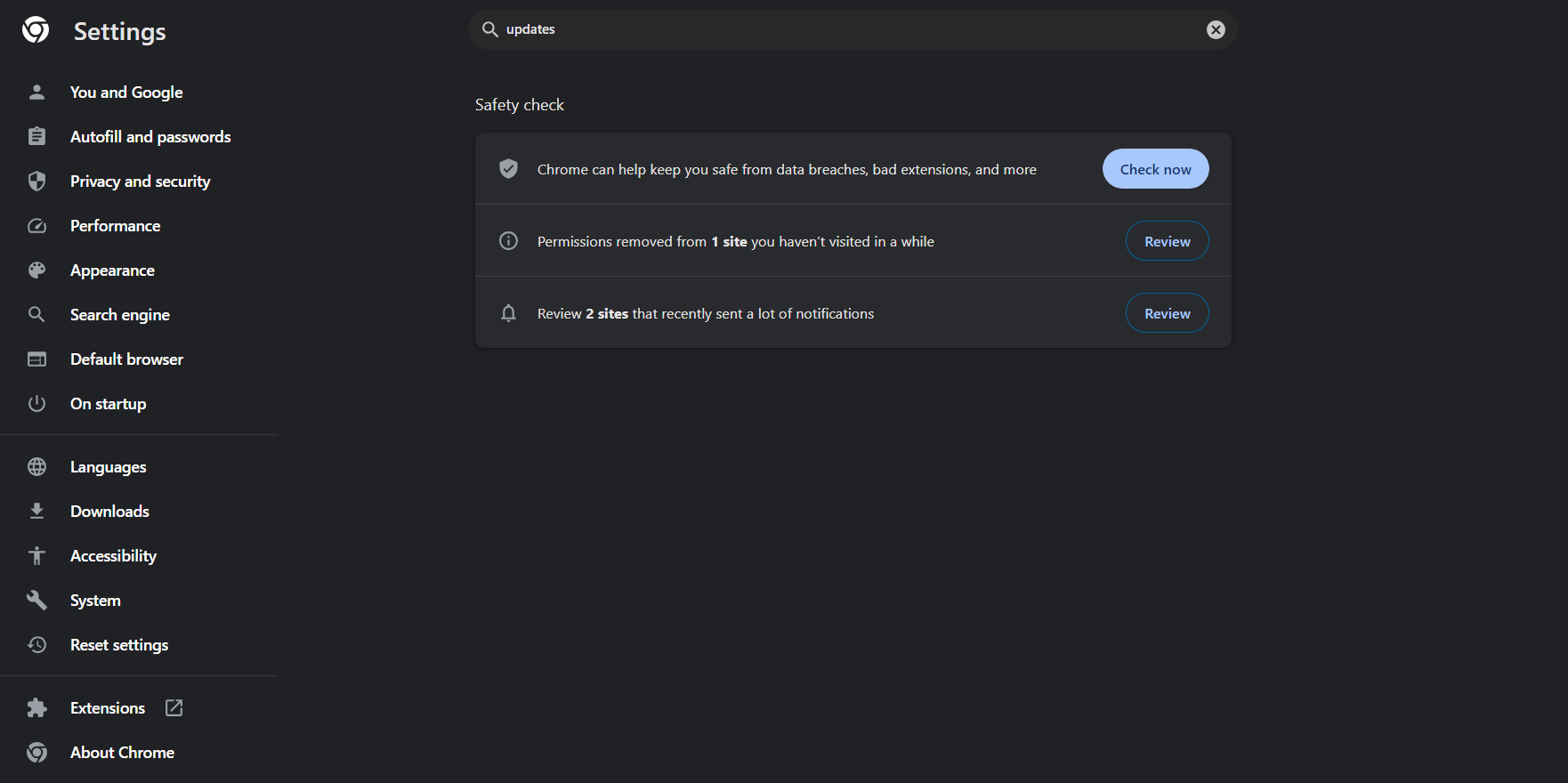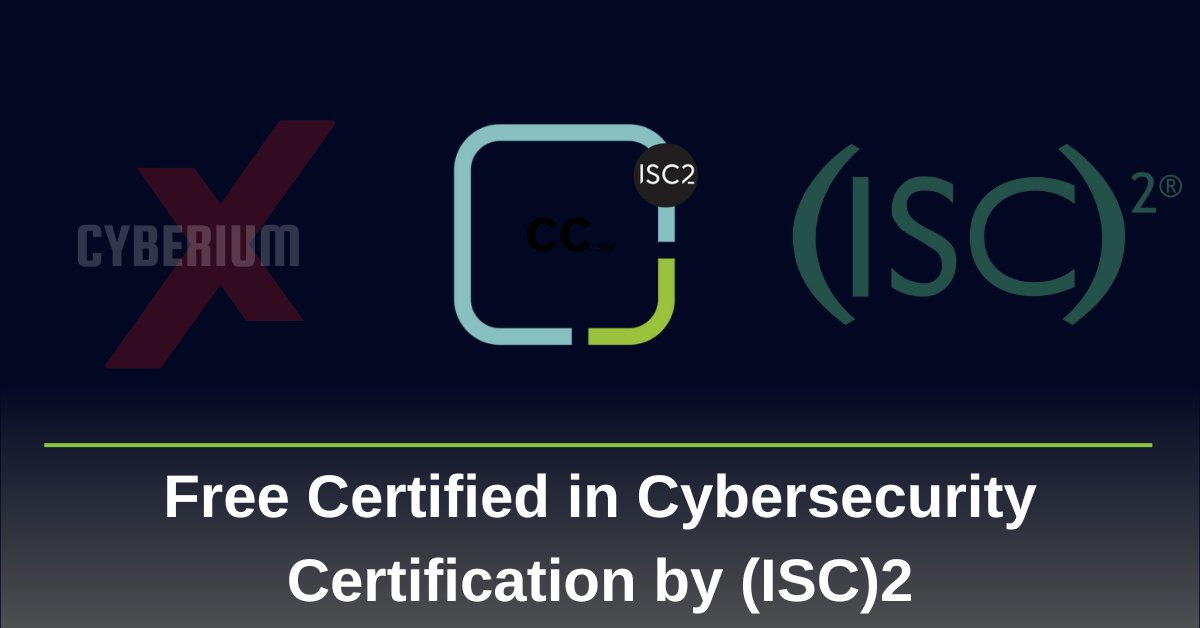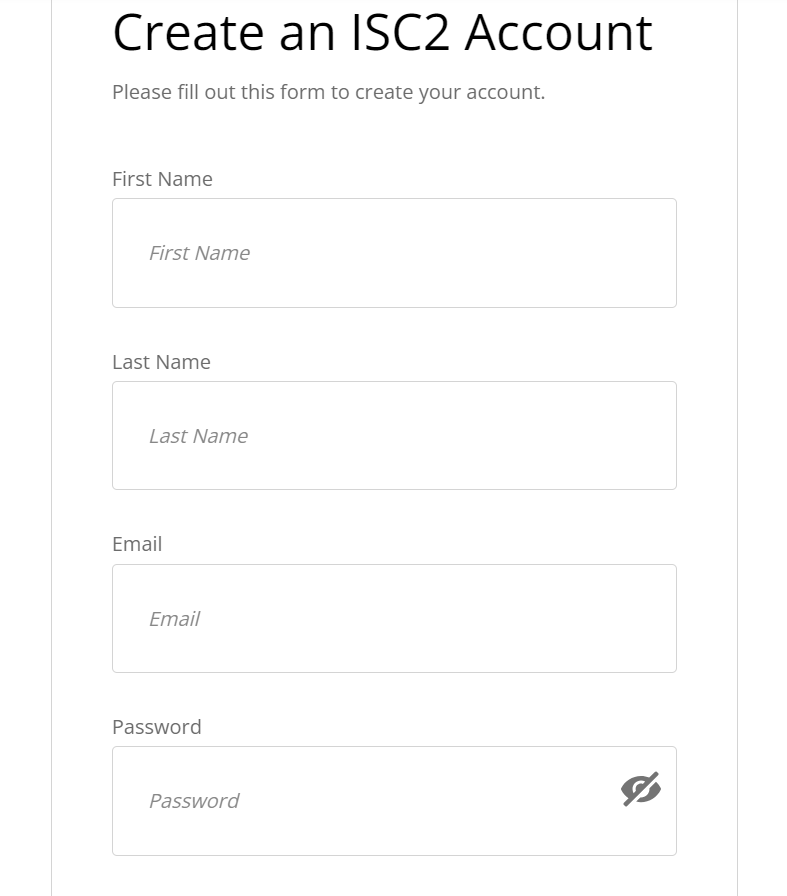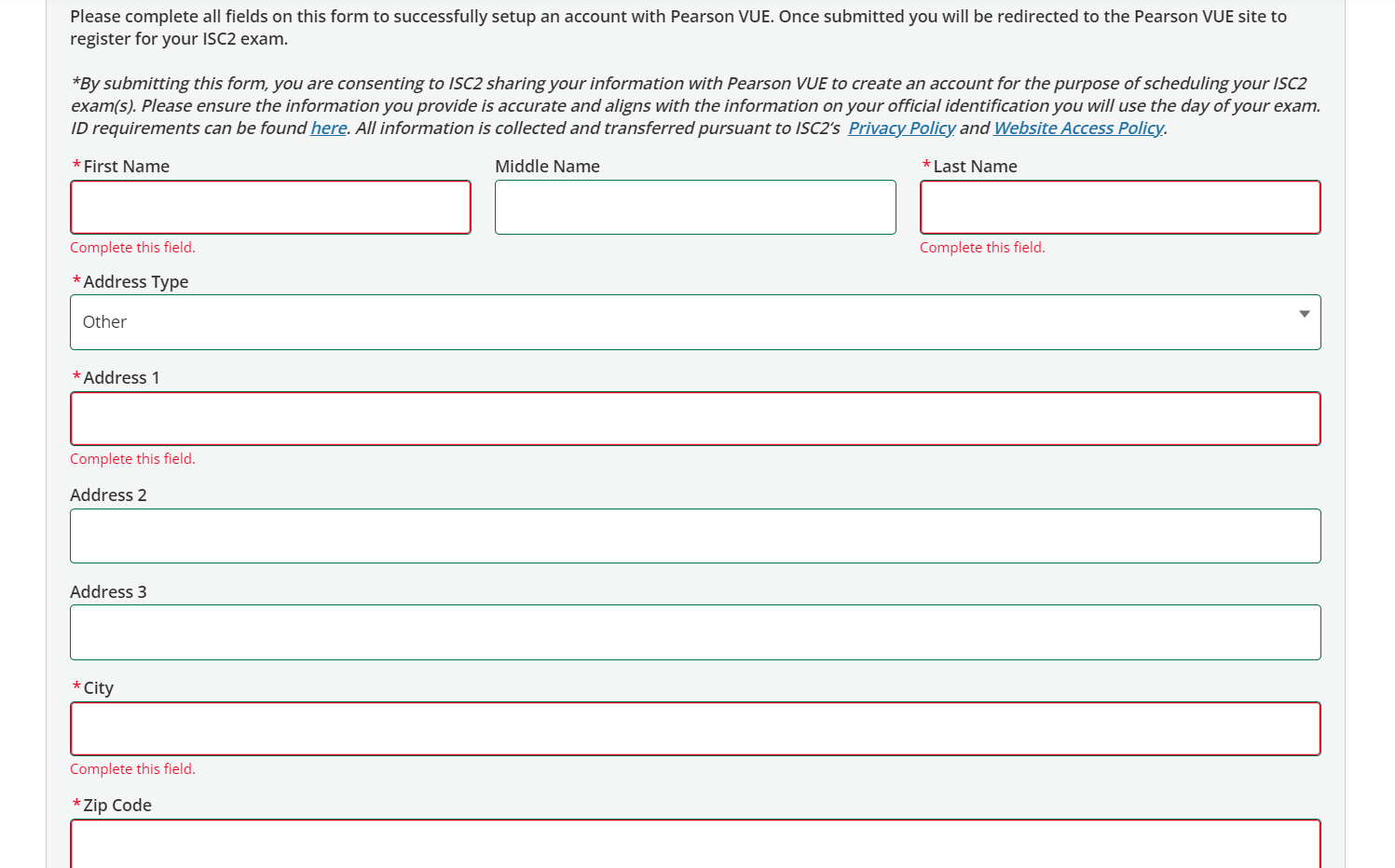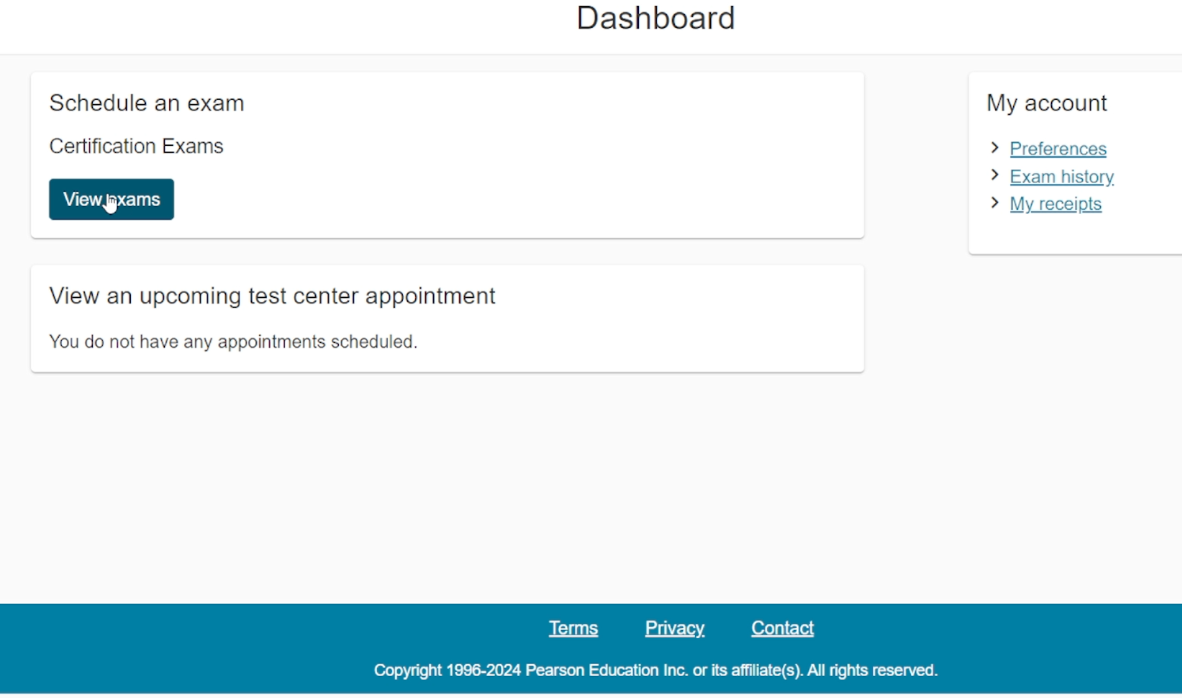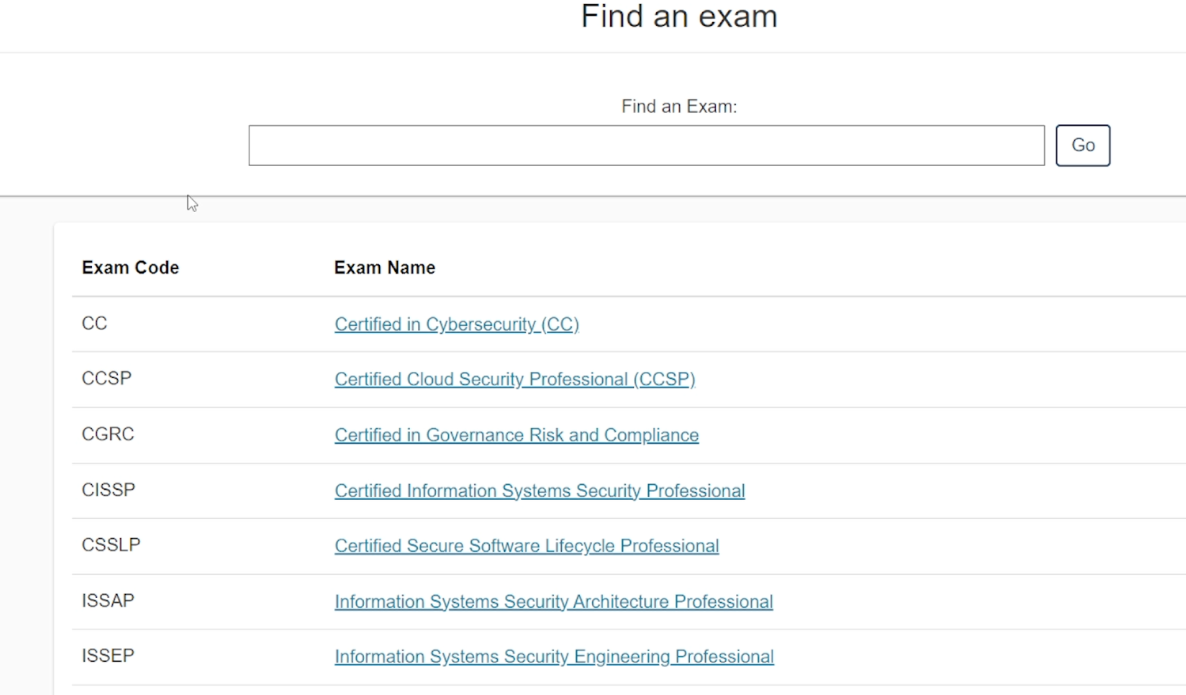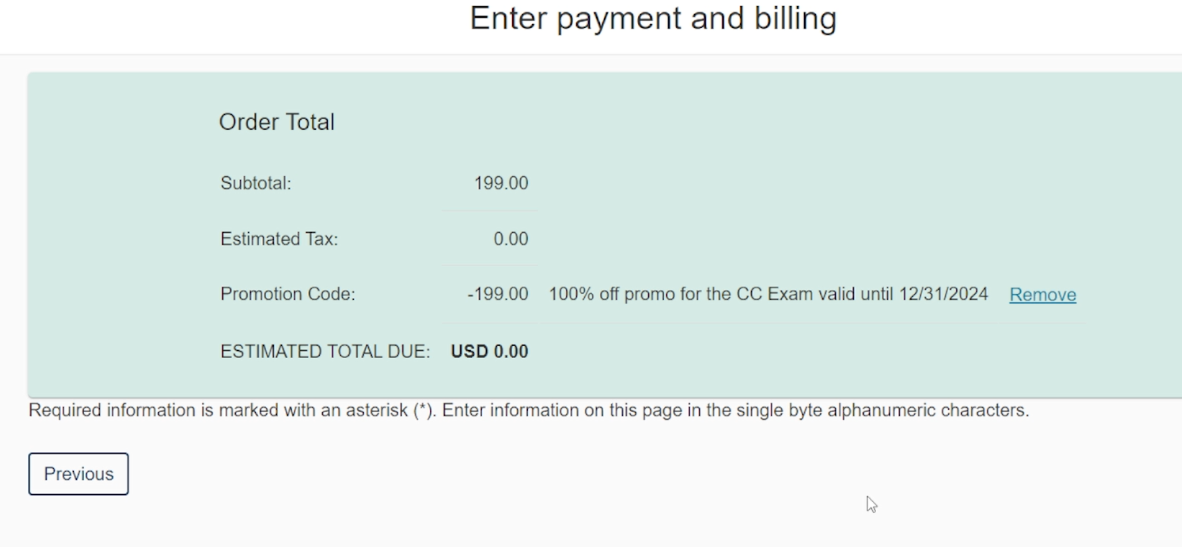A bug bounty is a monetary reward to ethical hackers for successfully discovering and reporting a vulnerability or bug to the application’s owner. Bug bounty programs enable companies to continuously enhance the security of their systems by harnessing the expertise of the hacker community.
The bug bounty process typically commences with asset owners creating programs that offer rewards, such as money or recognition, to individuals who uncover and report security flaws. This practice holds immense significance in cybersecurity as it assists organizations in identifying and fixing security weaknesses before malicious actors exploit them. Here are key reasons emphasizing the importance of bug bounty initiatives:
- Discovery of Vulnerabilities: Bug bounty hunting plays a crucial role in pinpointing security vulnerabilities that might have been overlooked during development and testing. Identifying these vulnerabilities enables organizations to address them proactively, reducing the risk of potential data breaches or security incidents.
- Strengthening Security Measures: Embracing proactive bug bounty programs empowers organizations to bolster their entire security framework by discovering and addressing vulnerabilities. This not only helps prevent potential attacks but also safeguards the organization’s reputation in the long run.
- Building Collaborative Partnerships: Bug bounty initiatives foster opportunities for organizations to forge relationships with security experts and the broader cybersecurity community. Collaborating with bug hunters provides valuable insights into potential threats, enabling joint efforts to create effective solutions.
- Cost-Effective Security Practices: Proactively identifying and resolving security vulnerabilities through bug bounty programs leads to significant cost savings for organizations. Not only does preventing data breaches and incidents mitigate financial losses, but it also sustains the organization’s credibility and financial stability.
Bug Bounty Programs
A bug bounty program is a rewarding initiative provided by various websites, software creators, and companies. It enables individuals to earn acknowledgment and compensation for identifying bugs, particularly those related to security vulnerabilities and exploits.
Such programs enable developers to detect and fix bugs before they become known to the public, thereby thwarting widespread abuse and data breaches. Many organizations, such as Mozilla, Facebook, Yahoo!, Google, Reddit, Square, and Microsoft have adopted bug bounty programs.
These programs protect systems and provide ethical hackers with an opportunity to explore their capabilities.
How does it work?
When companies launch bounty programs, they must first define the scope of the program and the budget associated with it. The scope defines the types of systems that ethical hackers can test, as well as the procedures for conducting those tests. For example, some organizations limit the domains that ethical hackers can test in, or they mandate that the testing must not interfere with day-to-day operations. This allows security testing to take place without compromising the company’s overall effectiveness, efficiency, and financial performance.
Competitive bug bounties send a message to the hacker community that companies are serious about disclosing vulnerabilities and keeping their security up to date. Bug bounties are based on the severity of the vulnerabilities, with rewards increasing based on their impact.
However, money is not the only factor driving hackers to build their reputations. Other features, such as leaderboards that reward hackers for their findings, also play a role.
Once a hacker finds a bug, he or she submits a disclosure report that details the nature of the bug, its effect on the application, and its severity. The report also includes important steps and details to help developers replicate and validate the bug. Once developers review and validate the bug, they pay the hacker the bug bounty.
The bug bounty varies depending on the severity of the bug and the company’s policies. Bug reports are prioritized based on the severity and developers work hard to resolve the bug. They then retest the bug to make sure it’s fixed successfully.
Depending on the severity, the bug bounty can range from a couple of thousand to a million dollars, depending on the impact of the bug.
What are Bug Bounty Platforms?
Bug bounty platforms play a crucial role in cybersecurity by acting as middlemen between organizations seeking to enhance their security posture and a community of security researchers interested in identifying vulnerabilities. These platforms offer a structured framework for bug bounty programs, simplifying the process of reporting, verifying, and rewarding security findings. Several well-known bug bounty platforms exist:
- HackerOne: Renowned for its extensive network of ethical hackers, HackerOne facilitates vulnerability disclosure and bug bounty programs. It serves as a platform where organizations can engage with ethical hackers to identify security issues.
- Bugcrowd: Another notable platform, Bugcrowd allows organizations to set up bug bounty programs and collaborate with security researchers to discover and address vulnerabilities in their systems or applications.
- Synack: Synack specializes in crowdsourced security testing, employing a combination of human expertise and machine intelligence to conduct continuous and effective security assessments for organizations.
- Intigriti: Operating primarily in Europe, Intigriti connects organizations with a global community of Ethical Hackers to strengthen their cybersecurity defenses through bug bounty programs.
- YesWeHack: This platform offers bug bounty and vulnerability coordination services, enabling organizations to partner with security researchers and ethical hackers to identify and address security flaws in their systems.
Bug bounty platforms typically provide a secure and controlled environment for submitting bugs, assessing their severity, and validating reported vulnerabilities. They also offer guidance on responsible disclosure and ensure that organizations receive structured reports of identified vulnerabilities for swift resolution. Moreover, these platforms often manage the distribution of rewards and facilitate communication channels between organizations and security researchers, fostering collaboration for improved cybersecurity.
How to start into Bug Bounty?
Starting in bug bounty hunting requires a combination of knowledge, skills, and a strategic approach. Below is a detailed guide on how to begin your bug bounty journey:

1. Educational Foundation
a. Learn the Basics:
- Familiarize yourself with fundamental web technologies (HTML, CSS, JavaScript), networking concepts, and common security vulnerabilities.
- Study the OWASP Top Ten to understand prevalent web application security risks.
b. Gain Technical Skills:
- Develop proficiency in using tools such as Burp Suite, OWASP ZAP, Nmap, and Wireshark.
- Understand how to use programming languages like Python, JavaScript, or PHP, as it will be valuable for scripting and automation.
c. Explore Platforms and Resources:
- Enroll in online courses, such as those on platforms like Udemy, Coursera, or Pluralsight, that cover ethical hacking and web security.
- Read books and documentation related to web security and ethical hacking.
2. Setup Your Environment
a. Install Necessary Tools:
- Set up a virtual lab environment for practicing without risking real systems.
- Install and configure tools like Burp Suite, OWASP ZAP, a proxy server, and a virtual machine platform like VirtualBox.
b. Build Practical Experience:
- Practice on intentionally vulnerable platforms like OWASP WebGoat and DVWA (Damn Vulnerable Web Application).
- Experiment with various tools and techniques in your lab environment.
3. Understand Bug Bounty Platforms
a. Explore Bug Bounty Platforms:
- Familiarize yourself with popular bug bounty platforms like HackerOne, Bugcrowd, and Synack.
- Understand the rules, scope, and rewards of different programs.
b. Choose Programs Wisely:
- Start with programs that have a broader scope and clear guidelines for beginners.
- Look for programs that align with your interests and expertise.
4. Conduct Reconnaissance
a. Identify Your Target:
- Choose a target within the scope of a bug bounty program. It could be a website, web application, or API.
- Use tools like Shodan, Sublist3r, and Google Dorks to gather information about the target.
b. Map Out Attack Surfaces:
- Identify subdomains, IP addresses, and other attack surfaces using reconnaissance tools.
- Understand the architecture and technologies used by the target.
5. Bug Hunting Techniques
a. Common Vulnerabilities:
- Focus on common vulnerabilities like Cross-Site Scripting (XSS), SQL Injection, Cross-Site Request Forgery (CSRF), and more.
- Understand how to identify and exploit these vulnerabilities.
b. Stay Updated:
- Keep yourself informed about the latest security vulnerabilities, tools, and techniques by following blogs, forums, and social media accounts of security researchers.
6. Reporting and Communication
a. Responsible Disclosure:
- Understand the responsible disclosure process and adhere to the rules of bug bounty programs.
- Report vulnerabilities promptly and ethically.
b. Effective Communication:
- Clearly articulate the details of the reported bug, including steps to reproduce and potential impact.
- Maintain professional and respectful communication with program owners.
7. Continuous Learning
a. Expand Your Knowledge:
- Stay curious and continue learning about new technologies and emerging security threats.
- Pursue advanced certifications such as OSCP (Offensive Security Certified Professional) for a deeper understanding of penetration testing.
b. Networking:
- Engage with the bug bounty community by participating in forums, attending conferences, and connecting with other ethical hackers.
- Learn from experienced researchers and share your experiences with the community.
8. Legal and Ethical Considerations
a. Understand Legal Implications:
- Familiarize yourself with the legal aspects of bug bounty hunting in your jurisdiction.
- Adhere to ethical guidelines and respect the rules set by bug bounty programs.
b. Responsible Conduct:
- Ensure that your testing activities are within the scope defined by the program.
- Avoid causing harm to systems and data that are outside the agreed-upon scope.
9. Celebrate Success and Learn from Failures
a. Document Success Stories:
- Keep a record of successful bug submissions, including write-ups and details of your findings.
- Share your experiences through blog posts or on social media.
b. Learn from Failures:
- Not every attempt will result in a successful bug discovery. Learn from failures, adapt your strategies, and persist in your efforts.
By following these steps and maintaining a commitment to learning and ethical behavior, you can embark on a successful bug bounty hunting journey. Remember that bug bounty hunting is a continuous process of improvement, and each discovery contributes to your growth as a security professional.
Bug Bounty Best Practices
- Master Automation: Utilize scripts and automation tools to streamline your testing process.
- Understand Business Logic: Think like an attacker and understand the business logic behind applications.
- Learn to Read Code: Develop the ability to review and understand code for better vulnerability identification.
- Explore Mobile Security: Extend your skills to identify vulnerabilities in mobile applications.
- Test for Logic Flaws: Go beyond common vulnerabilities and explore logical flaws in applications.
- Practice Responsible Full Disclosure: Respect disclosure timelines and communicate responsibly with vendors.
- Engage with the Community: Participate actively in bug bounty forums, discussions, and collaboration.
- Focus on High Impact: Prioritize findings with significant security implications for the target.
Conclusion
In conclusion, bug bounty programs serve as crucial pillars in bolstering the cybersecurity stance of contemporary organizations. They harness the expertise of ethical hackers and security researchers to proactively detect and address vulnerabilities, thwarting potential exploitation by malicious entities. These initiatives not only strengthen security measures but also cultivate a culture of ongoing enhancement and awareness against evolving threats through collaborative endeavors. Additionally, bug bounty platforms facilitate efficient communication and cooperation between organizations and the cybersecurity community, expediting the process of reporting and resolving security issues. By adhering to best practices and upholding ethical standards, individuals can engage in bug bounty hunting, contributing significantly to safeguarding digital assets and maintaining trust in the digital realm.
Stay Safe !!
Team CyberiumX














